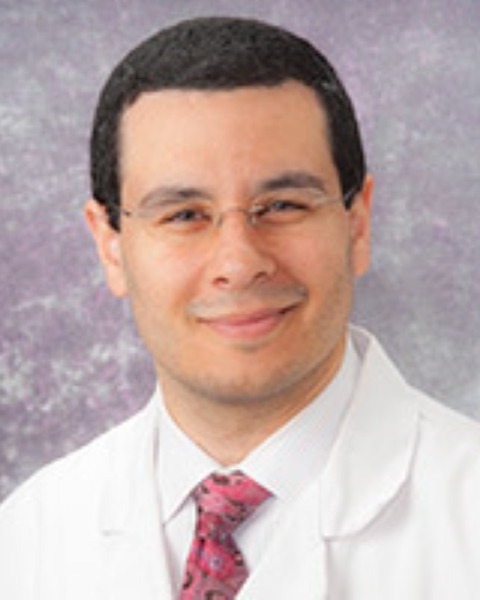Upper Gastrointestinal (lips to ileocecal valve, including esophagus and stomach)
E462: Impact and Disparities of Neoadjuvant Chemoradiation on Overall and Three-Year Conditional Survival in Locally Advanced Esophageal Cancer

Tess Huy, MD (she/her/hers)
Resident Physician
David Geffen School of Medicine, UCLA, United States
Tess Huy, MD (she/her/hers)
Resident Physician
David Geffen School of Medicine, UCLA, United States
Tess Huy, MD (she/her/hers)
Resident Physician
David Geffen School of Medicine, UCLA, United States
Nikhil L. Chervu, MD MS
Resident Physician
David Geffen School of Medicine, UCLA
Los Angeles, California, United States- SS
Sara Sakowitz, MS MPH
Medical Student
David Geffen School of Medicine, UCLA, United States - PB
Peyman Benharash, MD
Associate Professor of Surgery
David Geffen School of Medicine, UCLA, United States 
Mark Girgis, MD
Assistant Professor of Surgery
David Geffen School of Medicine, UCLA
Los Angeles, California, United States
ePoster Abstract Author(s)
Submitter(s)
Author(s)
Though survival remains poor, neoadjuvant chemoradiation (NAT) has been associated with improved overall survival (OS) and complete pathological response in locoregional esophageal cancer. Current National Comprehensive Cancer Network guidelines therefore recommend NAT in such cases. However, contemporary analysis of NAT utilization and its effects on OS and conditional survival (CS) are limited. Thus, we conducted a retrospective study to address these questions.
Methods:
All adults diagnosed with esophageal cancer were tabulated from the 2012-2019 National Cancer Database. Only those with a clinical T stage of two or greater were included for analysis. Patients with esophagogastric junction involvement were excluded as were those without curative intent surgery. Patients receiving multiagent, neoadjuvant chemoradiation were classified as NAT (others: non-NAT). Cox proportional hazard models were used to determine the impact of NAT on hazard of mortality. Multivariable logistic regression was used to determine patient and hospital factors associated with receipt of NAT.
Results:
Of 16,618 patients meeting inclusion criteria, 70.7% (n=11,756) received NAT. NAT was associated with improved one- (98.4 vs 96.0%; Hazard Ratio for mortality [HR] 0.46, 95% Confidence Interval [CI] 0.34-0.63) and three-year survival (83.8 vs 78.8%; HR 0.73, 95%CI 0.64-0.82), compared to others. NAT was also associated with improved three-year CS at one year (77.3 vs 73.0%; HR 0.83, 95%CI 0.75-0.92) [Figure]. After adjustment, patients in the lowest income quartile (Adjusted Odds Ratio [AOR] 0.79, 95%CI 0.65-0.96; ref: Highest) and those receiving care at Southern institutions (AOR 0.68, 95%CI 0.60-0.78; ref: Northeast) had reduced odds of undergoing NAT. Conversely, patients at community hospitals (AOR 1.26, 95%CI 1.13-1.41) and integrated networks (AOR 1.31, 95%CI 1.14-1.50) were more likely to receive NAT, compared to those at academic centers.
Conclusions:
In this nationwide retrospective study, NAT was associated with increased OS at one and three years as well as increased three-year CS at one year. Notably, utilization was subject to income-based and hospital disparities. Future work addressing access disparities and long-term survival benefit are necessary to fully assess the benefit of NAT in locoregional esophageal cancer.
Learning Objectives:
- describe the impact of the receipt of neoadjuvant chemoradiation on esophageal cancer overall survival
- describe the impact of the receipt of neoadjuvant chemoradiation on esophageal cancer three-year conditional survival
- describe the disparities between those patients receiving and not receiving neoadjuvant chemoradiation for esophageal cancer
